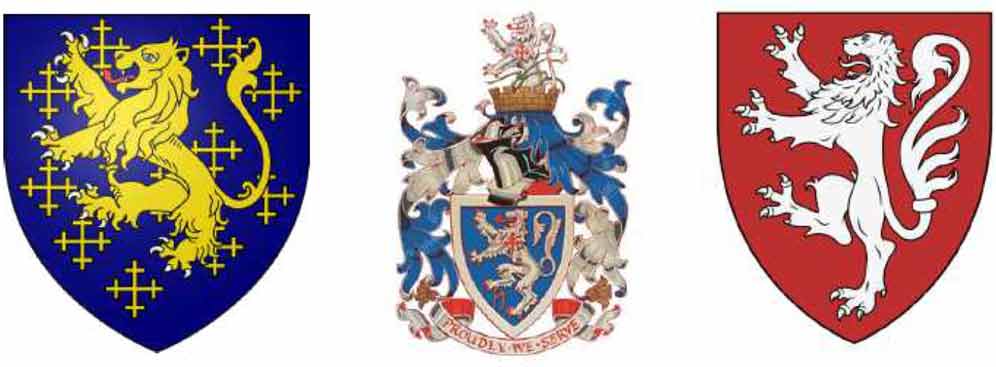OUR VISION
a place to grow, a place to flourish, a place to work, to learn, to play.
Mowbray is a new and vibrant community in
the heart of West Sussex. A healthy home for
families and friends Beautifully planned and
designed, Mowbray is a sustainable and
compassionate new village for all.
Built today, and designed for tomorrow.
Mowbray is a modern and intelligent community

A Community
that Cares
Cares about each other, about its environment
and wildlife, and about the buildings and spaces
that it embraces.
A Community
for all
A neighbourhood for everyone, of every age,
belief and ability. A warm and welcoming community
with heart.


A Proud
Community
Proud of its place, proud of its values
and attitudes, proud of its sense of responsibility.
The Name Of Mowbray
The Mowbray title is descended from Geoffrey de Montbray, a Bishop who was an advisor to William the Conqueror. The Lord Mowbrays became powerful lords and barons, one of them, William, leading the rebellion against King John and signing the Magna Carta in 1215. William’s great grandson John de Mowbray married Alina de Braose in 1298, the daughter of William de Broase. Alina brought with her the Rape of Bramber that included the village of Horsham.
The de Broase family had arrived with William the Conqueror and were given the Rape of Bramber in Sussex to manage, as well as extensive lands in Wales. Their base was Bramber Castle. When William de Broase died in 1326, the manor and Borough of Horsham passed to Alina, his daughter, who had married John de Mowbray. Thus, Chesworth remained with the de Braoses, while Horsham passed to the Mowbrays. One of Alina’s descendants became the 1st Duke of Norfolk.
The lion Of Mowbray
The lion is a common emblem in heraldry. It traditionally symbolises courage, nobility, royalty, strength, stateliness and valour. It is the central device on the Coat of Arms of Horsham and is derived from the arms of both the De Braose and Mowbray families, Lords of the Manor during the Middle Ages.


